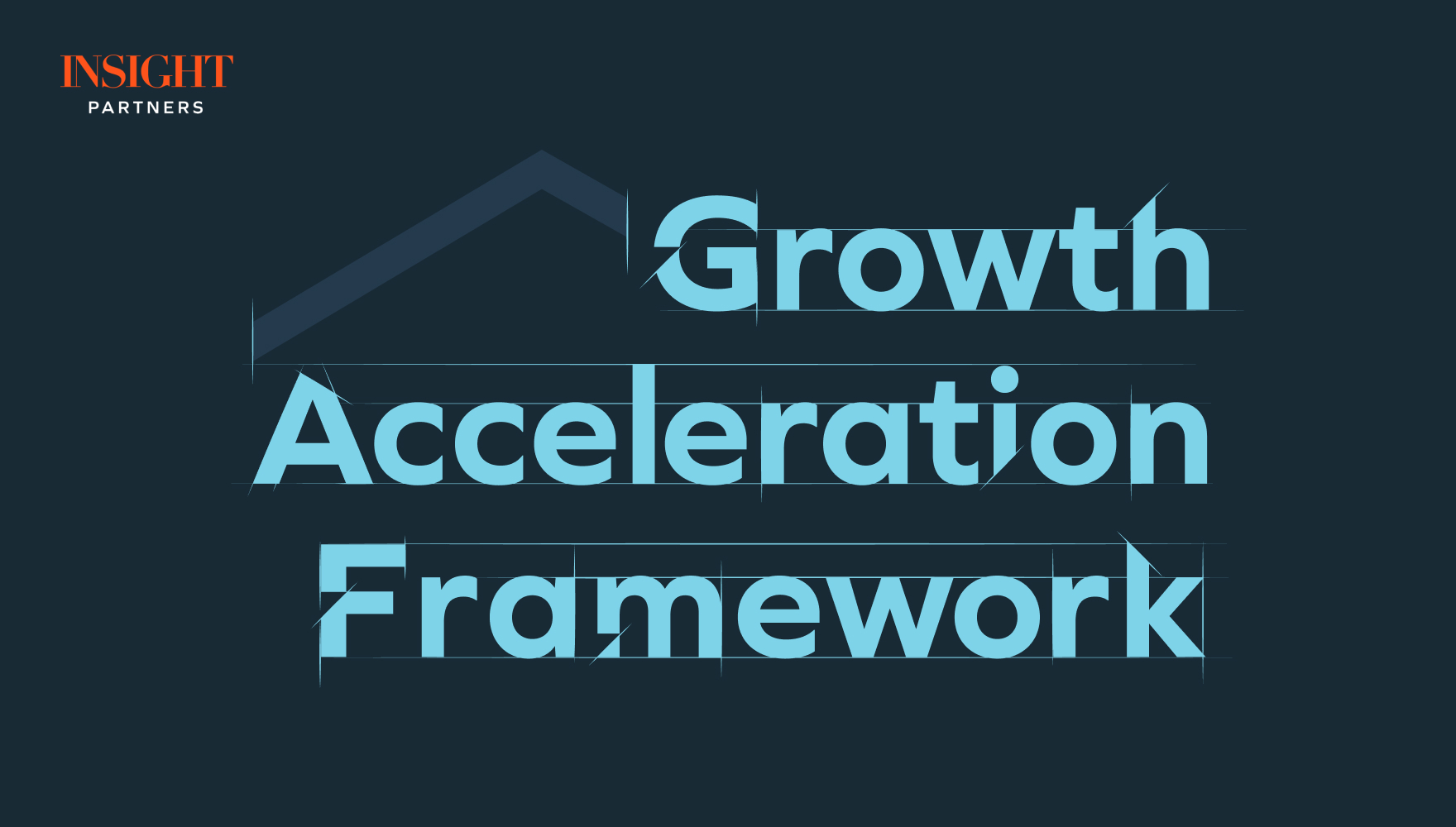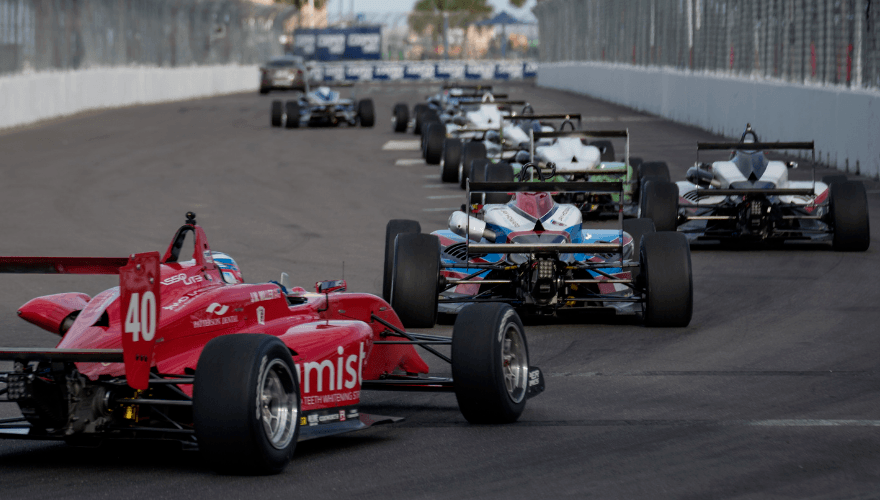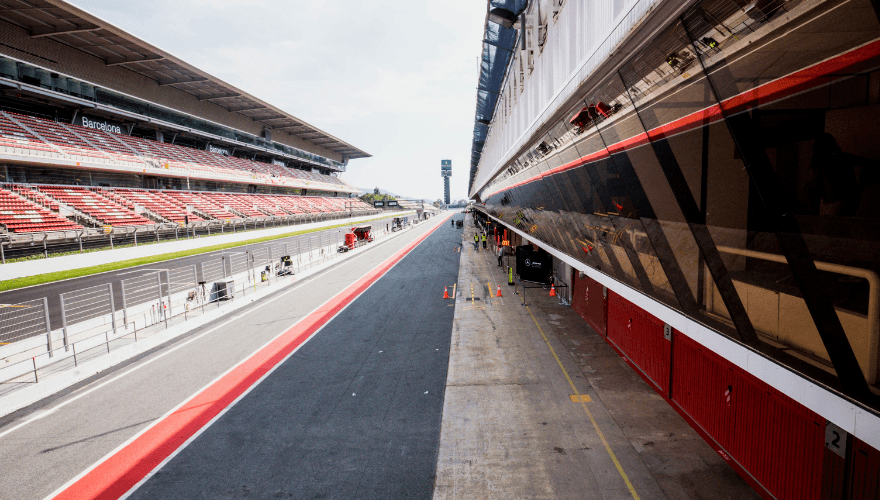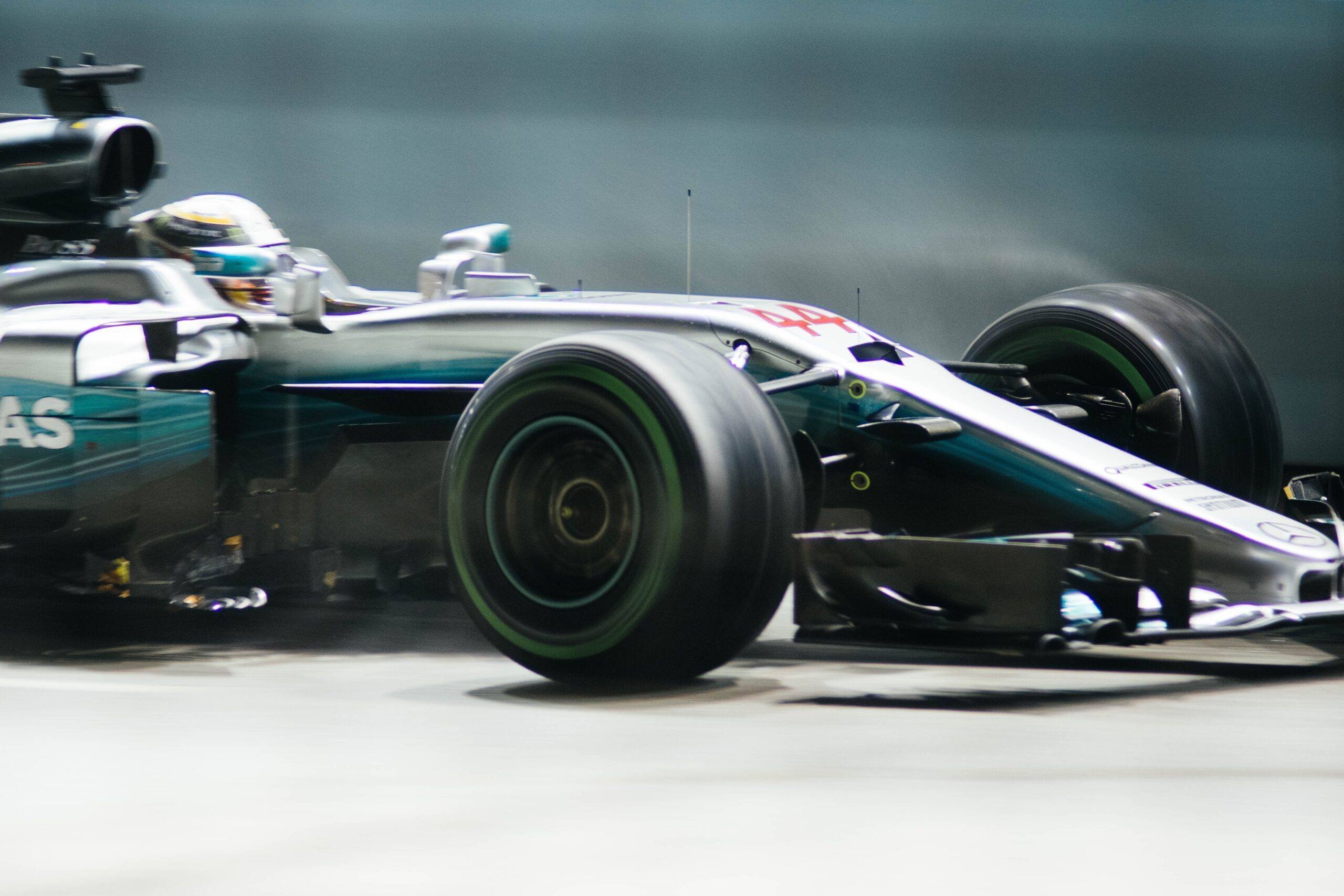
Let’s Raise a Glass and Toast a Well-Functioning Sales Pipeline

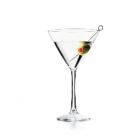
When most of us think of a sales funnel, we immediately think of the martini glass-shaped funnel that shows up in textbooks and blogs. It starts out wide with marketing generating tons of leads, then quickly tapers through the various sales stages (as leads are weeded out as not being ready to buy) and ends at a point with a small percentage of the deals that went into the top of the funnel making it through as a closed won deal.
That’s how sales funnels are supposed to be, right? That structure highlights a few potential issues in the process. A wide top of the funnel that quickly tapers would indicate that marketing is generating a large number of unqualified leads that are quickly being qualified out as they move through the funnel; that means that you’re tying up valuable sales resources in qualifying deals rather than having them focused on moving qualified opportunities through the funnel.
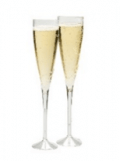
A more appropriate funnel design would be the champagne flute. This starts out with a wide top (although not nearly as wide as a martini glass) and slowly narrows over time. This means that the leads going into the top of the funnel are highly qualified and that the sales team is moving a slightly shrinking number of leads through the sales process before closing them. This would indicate that things are working smoothly across all fronts – a high conversion rate of MQL (marketing qualified leads) to SQLs (sales qualified leads), and high conversion of SQLs to SQOs (sales qualified opportunities), and then a reasonably strong conversion of opportunities to closed won deals.
But really, how many companies have either of those two sales funnel shapes? Most companies struggle with sales funnels that aren’t operating perfectly due to a variety of reasons. In this blog, we’ll look at 4 of the most common types of issues, how to spot them, and how to remedy them.
Before we jump in, let’s take a moment to highlight one of the key issues with pipelines – the data. Since sales pipelines form the foundation for most of your sales analytics, it’s essential that the data is up to date and clean. There’s nothing worse than making decisions based on your pipeline analysis only to find out that the pipeline was skewed by a rep who didn’t want to mark deals closed lost or a rep who overestimates the values of all deals. Sales leadership needs to be actively involved in managing the sales pipeline and reinforce the need for sales reps to continuously update and clean their opportunity data. For the rest of this blog, we’ll presume that the data is in reasonably good shape so that we can focus on the cause and effect of the various shapes.
We’ve already highlighted the martini glass shape caused by a lack of qualification by both marketing and the BDR/SDR team. Rather than tie up high-cost sales resources doing the qualification, we’d suggest that marketing tighten up their rules for when to pass a lead to sales (increasing the point value required to become a lead), and we’d suggest building standard qualification criteria for the BDR/SDR teams. Incentives also offer a potential resolution to this issue. Shifting the criteria from number of leads created or number of meetings set to be instead (or in part) based on the number of opportunities generated would push the marketing and development teams to focus on the quality rather than the quantity of their opportunities. The other benefit of this approach is that it redirects leads back into the marketing development process where they can be nurtured and developed into stronger prospects.
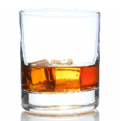
Next is the whisky glass. This funnel type has about the same amount of business at each stage of the sales funnel. This could make for an amazing sales funnel if the data is all good, as it indicates an exceptionally high conversion rate, but more often than not, this is caused by stale data. That means that the stages aren’t getting updated regularly, which leads to dead deals still sitting at various stages within the pipeline, or deals that were not real opportunities are staying open even though there is no motivation by the prospect to buy. To resolve this issue, we recommend two approaches. First, we recommend that our portfolio companies deploy Bant, Meddicc, or some similar qualification methodology to ensure that all opportunities are legitimate. Second, we recommend a regular pipeline review by management with a specific focus on stalled deals (deals staying 2x the average number of days in the stage). Stalled deals are often caused by one of two things: either the pain isn’t strong enough to cause the prospect to take action, or the contact you’re engaged with isn’t the decision-maker. Sales leaders can help their team identify what the issue is and help them with strategies to address it.
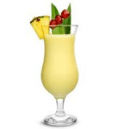
The Piña Colada glass – This is the most common sales funnel shape – wide at the top, narrow in the middle, and wide on the bottom. This shape occurs when the salesperson is hyper-focused on a handful of large, late-stage deals. The salesperson can see that the win is right around the corner and devotes every waking minute to winning one or more of those high-value deals. But in doing that, they neglect the build-out of the rest of their funnel. Marketing or the BDR team are still pouring leads into the funnel, but those leads are going cold because they’re not being worked. The risk here is that once the salesperson wins or loses those deals, they’ll be left with nothing in the pipeline, and months of hard work will be needed to build it back up. You can identify this by creating a heat map of deals by stage, sized on the value of the deal. If your rep has a handful of deals in late-stage but not much in the middle stages, you may need to intervene.
There are a few strategies for addressing this situation. You can expand the scope of the BDR team to work and cultivate the early-stage opportunities; this frees up the sales rep to focus on closing the deals without worrying about an empty pipeline. Marketing can support the rep with targeted campaigns and plays for earlier-stage prospects – reducing the amount of time the rep needs to spend working on prospecting in the near term. Leadership can also help drive the closure of the late-stage deals – relieving some of the pressure on the rep.
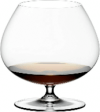
The Brandy snifter – This shape, narrow on the top but flaring in the middle and bottom indicates a lack of marketing leads. The sales rep is self-generating the majority of their opportunities, leading the swelling at the middle of the funnel. Because the sales rep is self-generating and qualifying the opportunities, they move a large percentage of the opportunities quickly from the early to the later stages. While this can be an effective way to generate leads, balancing between marketing-generated leads and self-gen will lead to an overall more productive organization and a balanced pipeline. If your reps are generating their own leads, it begs the question, what would their opportunities look like if there were marketing initiatives preparing prospects to be engaged? Although there is no perfect ratio for marketing vs self-gen with each company developing its own strategies and approaches to the market based on their specific target market, we recommend that most SaaS companies balance their organization at around 60% marketing/BDR generated and 40% self-generated.
These are 4 of the most common shapes in the sales funnel. If you are in our portfolio and you find that your organization has something different, please reach out. We’d love to identify other challenges and share them with the portfolio. We’re happy to help you go more in-depth on the assessment of your sales pipeline and determine specific recommendations for your organization.
Determining the shape of your sales funnel will allow you to identify risks and address them before they impact your performance. And if you’re lucky enough to have a champagne-shaped sales funnel, let’s raise a glass and toast your success as your organization continues to grow and scale.

